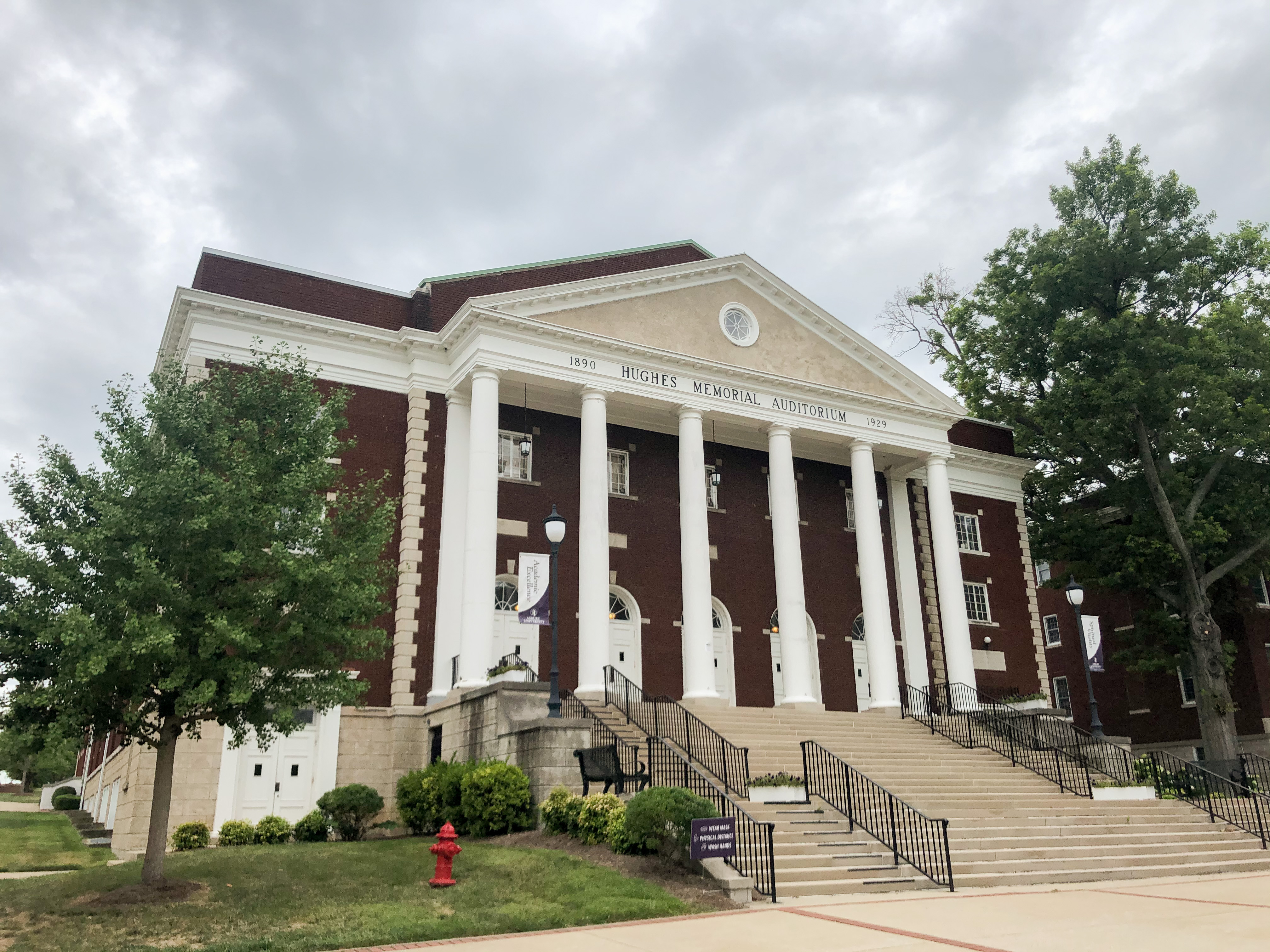Chapel is a pillar of Asbury community life. It can be one of the most unifying spaces everyone attends. The whole student body pauses their busy lives to take a moment to gather together and spend time with each other and with God.
However, potentially exposing the whole student body to coronavirus was something the university was not willing to risk. This meant chapel would have to change significantly in order to operate in 2020.
The changes to chapel seem to be some of the most obvious manifestations of impact from the virus. When students walk into Hughes, the first thing they will notice is the abundance of space. Chapel used to be marked by squeezing past one another as students tried to get to their seats in the center of sections, but now a student sitting in the center will only have to pass one other student. Aisles in front and behind active aisles are blocked off. There is also no confusion about which seats are open as students walk next to seats covered with black string until one is free.
Chapel buddies were once a fun aspect of campus culture. Due to social distancing, chapel buddies are widely spaced apart and are too far away to make a quick comment to or engage with over a speaker prompt.
While all the differences are readily apparent, much thought and consideration went into formulating the new chapel experience.
Jeannie Banter, Assistant Director of Spiritual Life, mentioned they considered numerous different models for what chapel could look like before landing on the current one.
“We honestly came up with 15 different scenarios on how to do chapel,” said Banter.
During the summer when much of the coronavirus planning took place there was a lot of uncertainty on what restrictions would still be in place for Kentucky once students returned to campus.
Asbury attests chapel is much more than just a traditional practice. With this belief, it was clear reducing chapel to one session a week would result in a significant spiritual deficit for the students. In order to combat this, the spiritual life team came up with a new type of chapel credit.
This semester in addition to 14 traditional chapel credits students need 6 “spiritual formation” credits in order to pass chapel. Spiritual formation credits are designed to complement the traditional chapel credits. Students receive these credits for attending a number of different spiritual life events throughout the semester.
Banter explained how in many ways this was a natural evolution from what the spiritual life team had already been working on. In recent years chapel credit has been offered for many of the activities on the new spiritual formation credit list. These experiences vary from attending WHAM (Worship Him At Midnight) to participating in Gather, Asbury’s hallmark residence hall-based fellowship groups. Not only does the spiritual formation credit give recognition to the validity of these forms of spiritual life, but it encourages participation as well.
Banter hopes students will take advantage of the opportunities this new system provides.
“Think about what’s best for you and choose from this myriad of opportunities to grow in the way that you best need to grow,” said Banter.
It has yet to be seen whether or not any aspects of these changes will continue beyond the current crisis. Changes to chapel are routinely discussed and evaluated. While it is clear the administration finds chapel to be a critical component to life at Asbury, the form it takes is still a potential for discussion.
Ultimately, even though chapel looks very different, it is still a major aspect of campus life.
“Students are just thankful for the opportunity to worship in chapel, even though it may not look the same or [be] with everybody,” said Banter.


